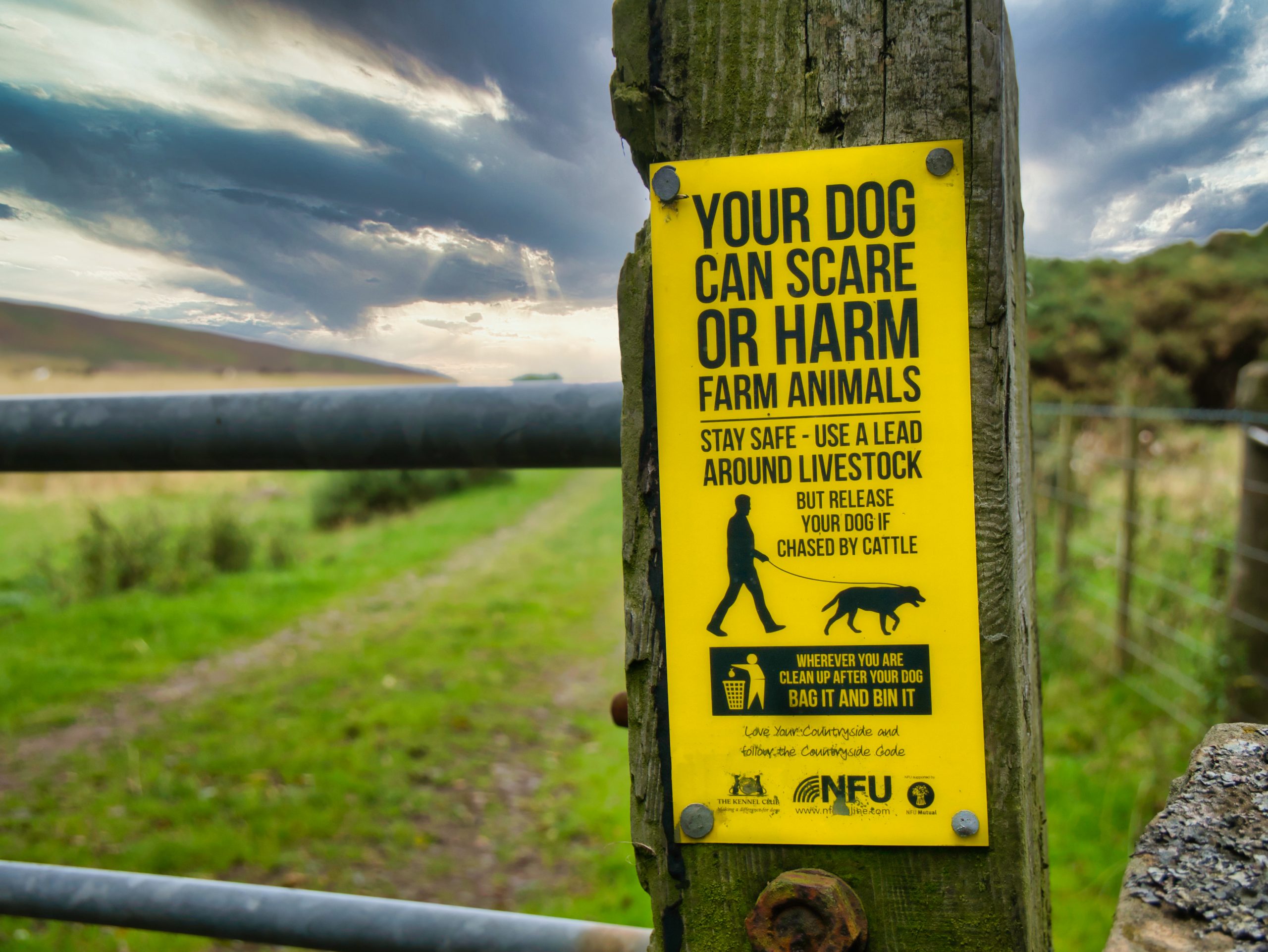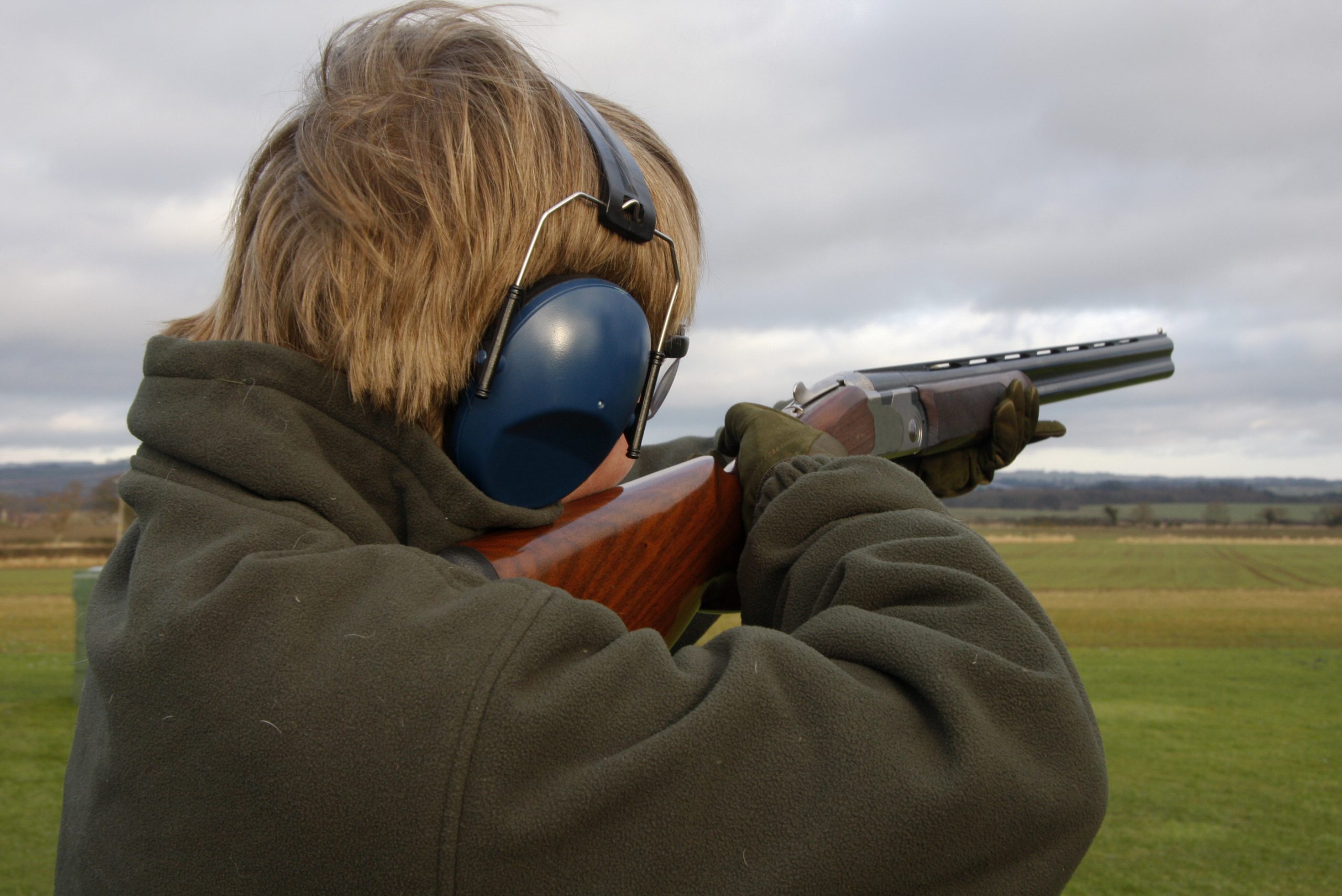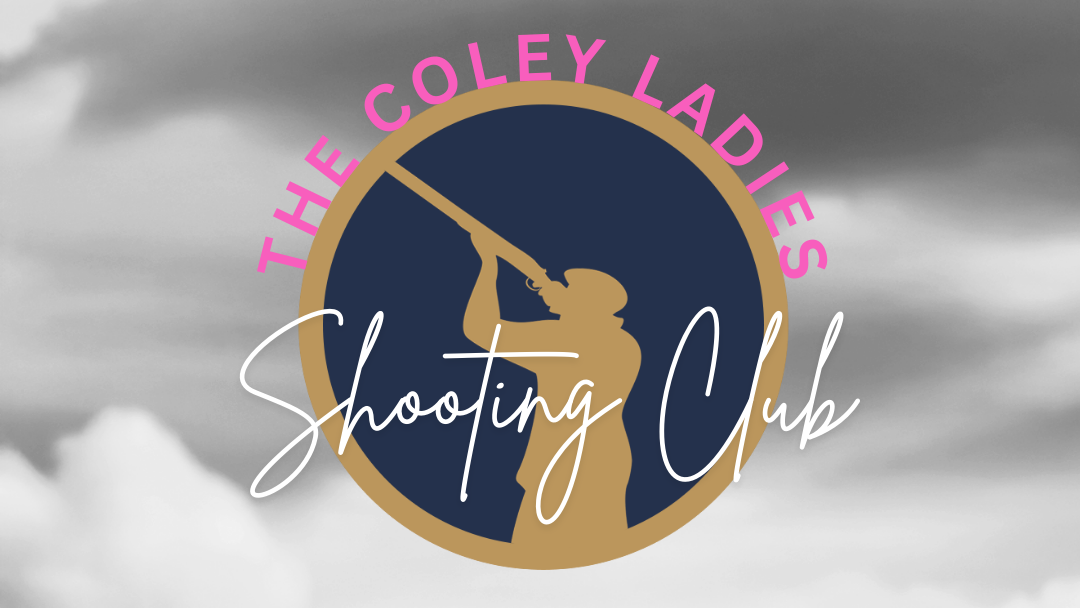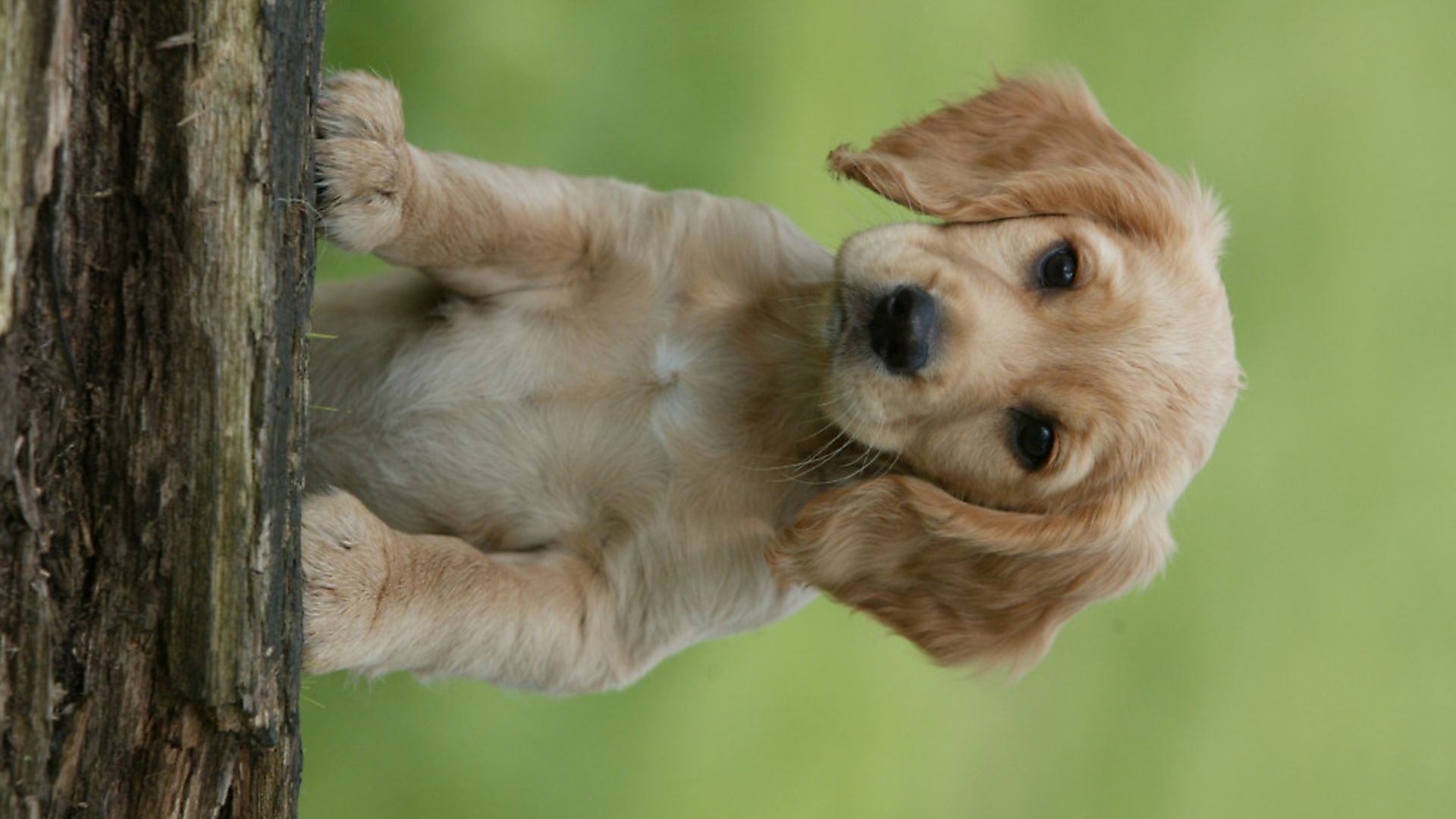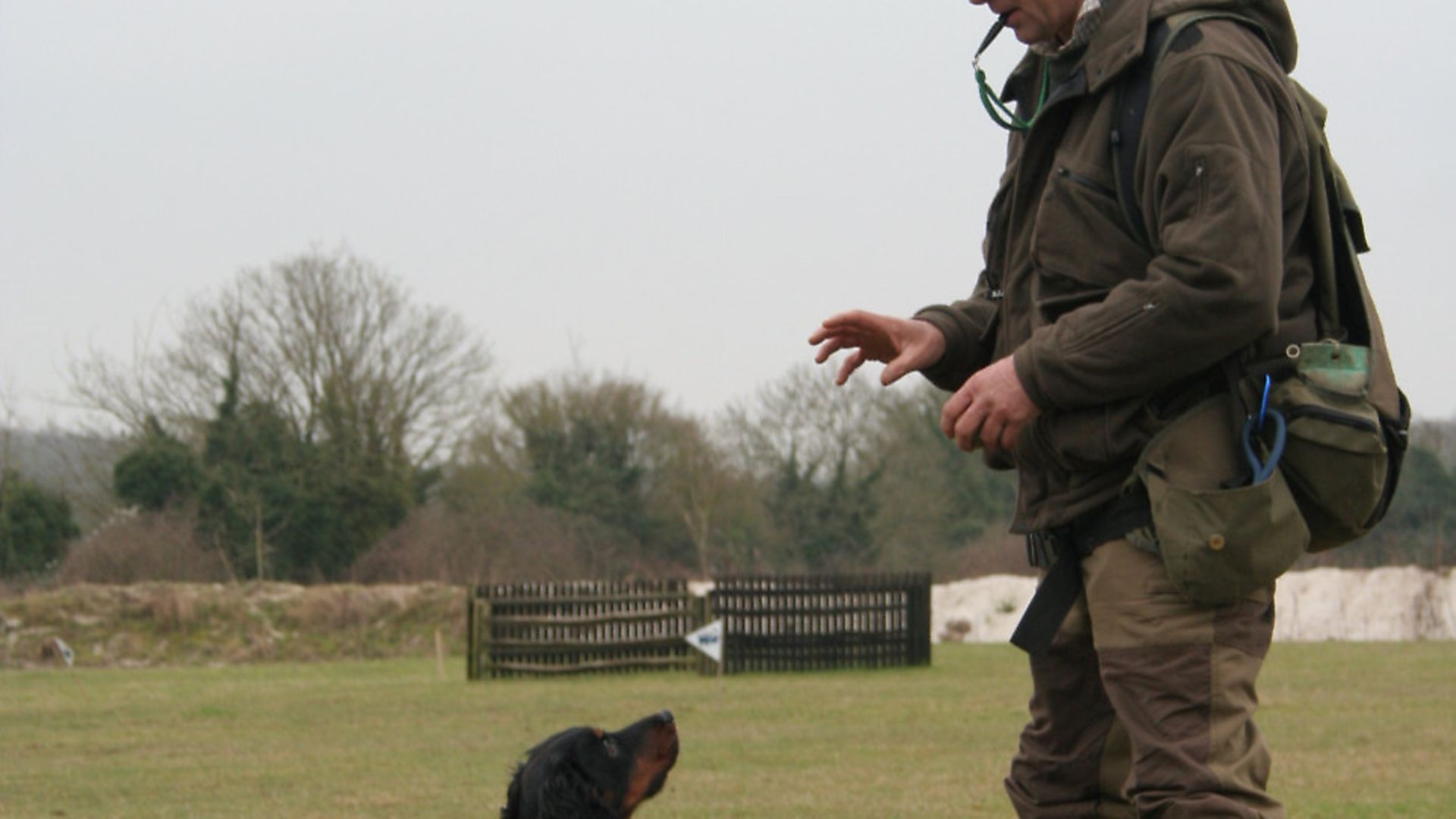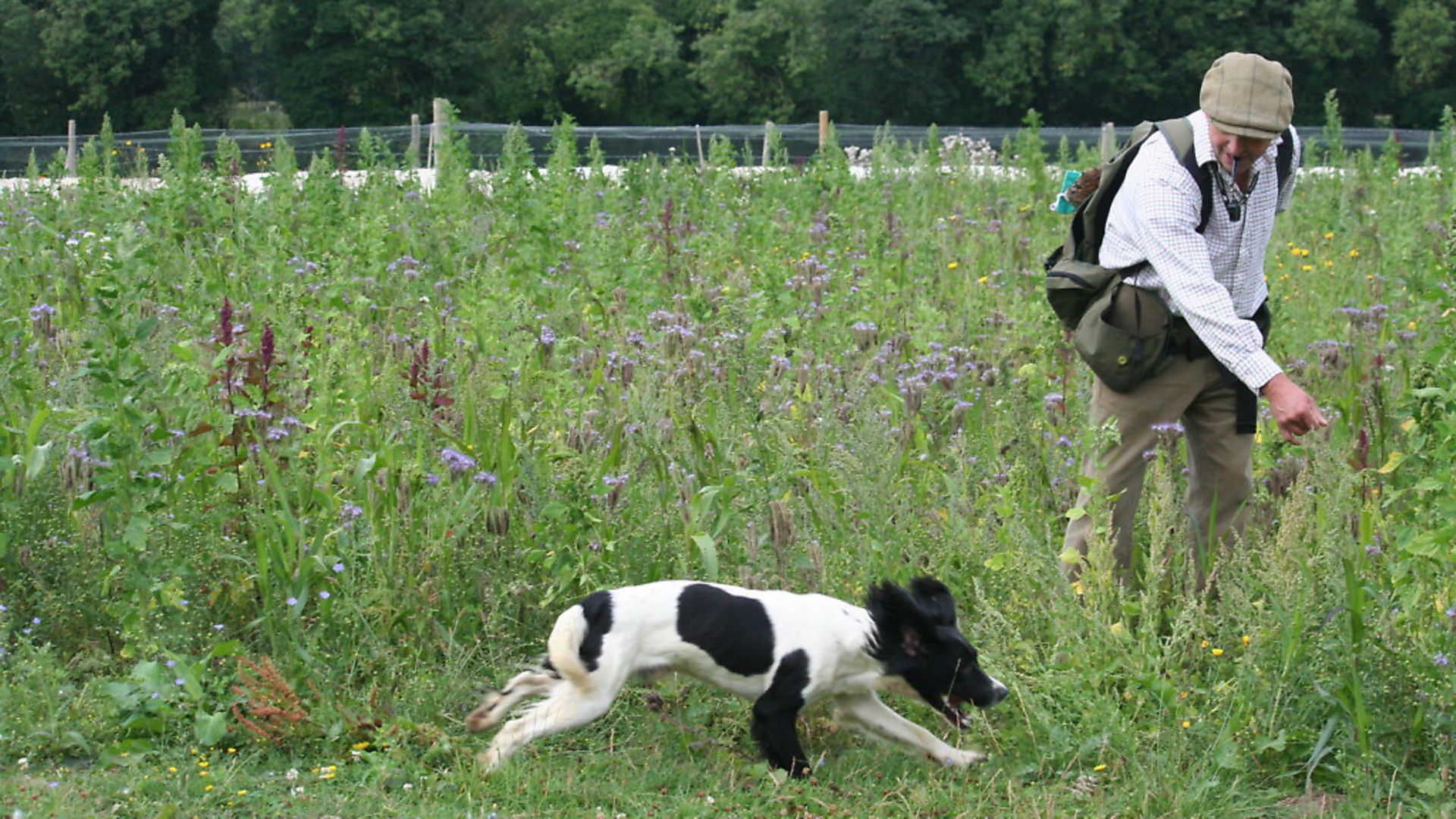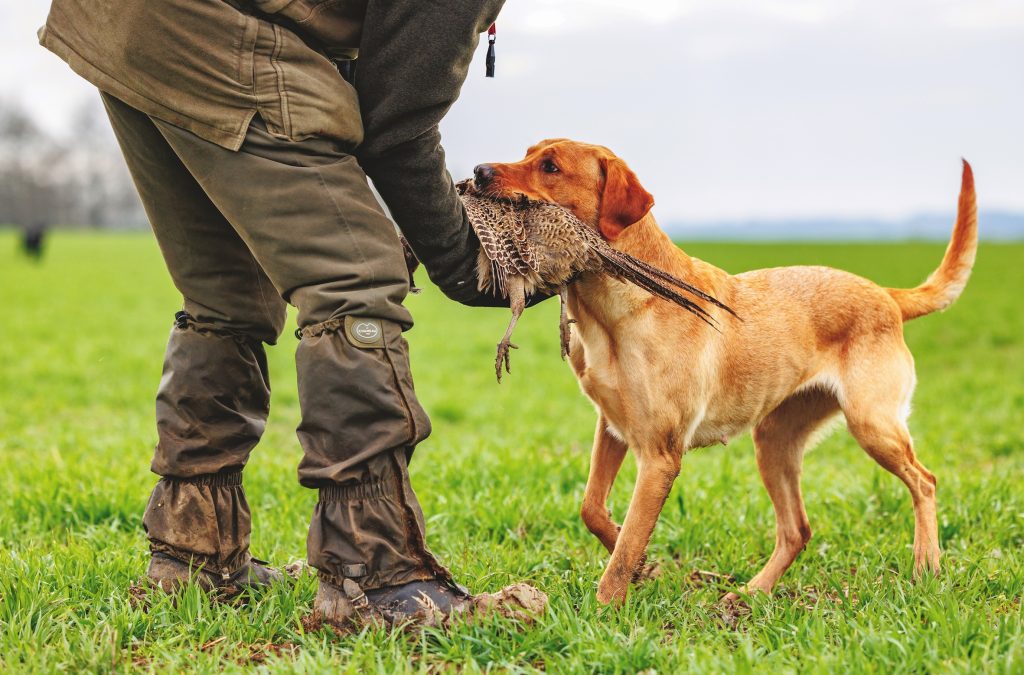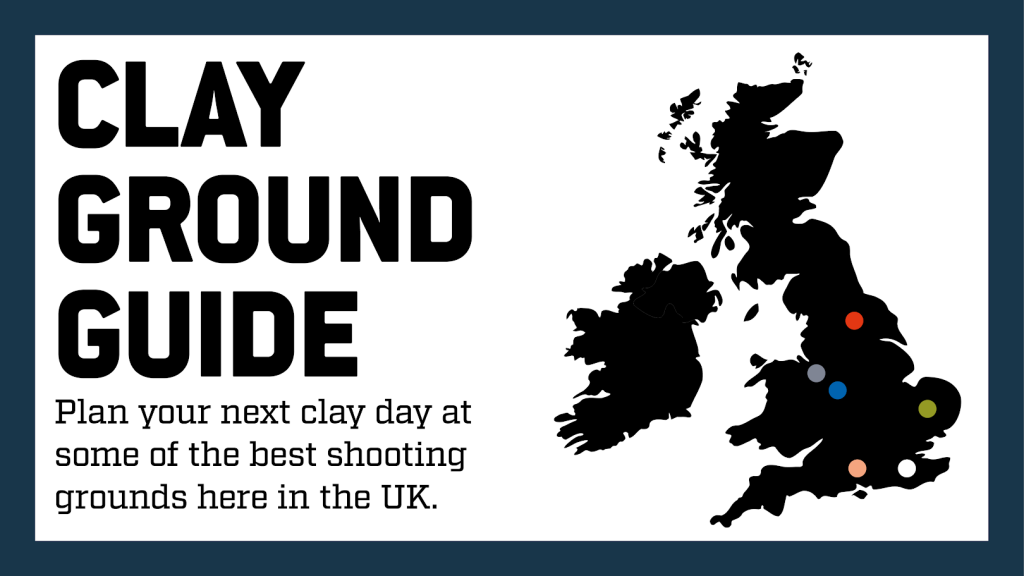Gundog training – building a perfect partnership
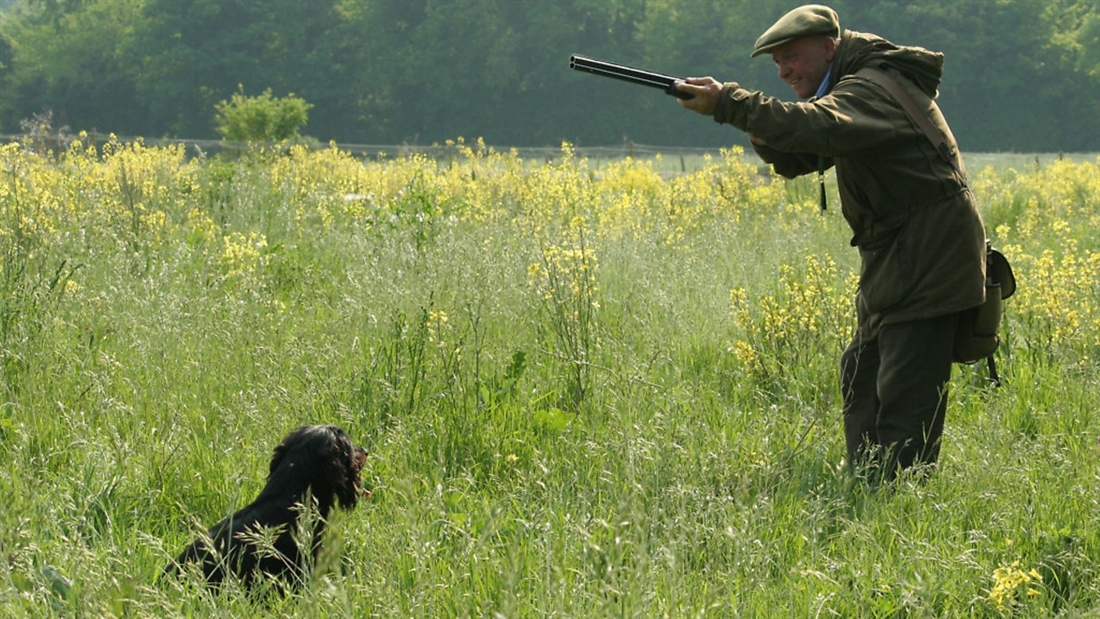
Howard Kirby offers advice on what we can do in training to build a brilliant working partnership with our gundogs in the field
Put simply, our gundogs need to hunt to successfully find game. Whether picking-up, working in the line, rough shooting, retrieving or trialling, all dogs require a range of hunting skills.
Let’s explore just exactly what skills a good hunting dog requires! We all know that dogs have exceptional noses. Science seems to struggle to agree as to just how many times better a dog is at detecting scent than humans, but, for the purpose of this article, let’s agree that they are just amazing at smelling things!
Your choice of working line and breed type will make a huge difference in the dog’s suitability for different roles in the shooting field. Of course, working lines will have been selectively bred to produce dogs with good game-finding noses. Head carriage and hunting styles are all influenced by breeding, and most breed lines have been developed for specialized roles in the shooting field.
The shape of a dog’s head, jowls and muzzle are just some of the considerations that will feature in a dog’s ability to gather scent. But then, in my opinion, the really important bit is what the dog does with the information that its amazing nose provides it with. In terms of prey drive, a highly driven dog will process the information around him really quickly and hunt with an insatiable hunger to get prey in his mouth. Nose, brain, body: all three totally relying on each other for success. Then along comes us, the handler.
Clearly, there are some seriously important natural and physical attributes that will influence the dog’s hunting capability. So, what can we do to help? This is an important one because skilled dog handlers ensure their dogs see their handlers as an essential part of the hunting team, someone that will assist and help the dog to get prey in its mouth quicker.
Here at Mullenscote, we make it our business to let the dog work out for itself that we bring a gun along to the hunting trip. A well-educated gundog will have been shown that the gun is a superb tool for getting game in his mouth and that we are instrumental in its operation.
We bring an ability to know all the best places to go to in order to locate game. We also provide the vehicle to get us all there. We have the advantage of height which is really useful when hunting in cover. Of course, the most important one of all is the superior brain power that we humans possess – although I accept that it’s a close call as I’ve been outwitted by a cocker spaniel on several occasions.
We need to help the dog to understand that staying in contact with the handler and the guns is a positive thing. For those who shoot over spaniels, HPRs or pointers and setters, we can help the dog to see a logical link to hunting with us.
Line dog handlers have to work really hard to ensure the dog doesn’t connect all the dots, though, as this can be the undoing of all of your training. If your beating dog is shown that all of the shot birds are at the opposite end of the drive, down by the Guns, then there’ll be no prizes for guessing which direction your dog will be heading when the first shot of the drive is fired.
The bit that dogs will not always find logical is our insistence on missing out areas of ground that clearly hold game. Left to their own devices, the thrill of the chase will often take control and the dog will simply decide to go self-employed. This is where its training and, subsequently, its obedience will need to hold firm if we are to remain in command.
When teaching inexperienced dog handlers to hunt a dog, I encourage them to imagine an oblong-shaped box. The box should be the size of the area that you want your dog to work in. Position yourself centrally at the back of this box. This will be the hunting box and we need to encourage and direct our dog to work within it.
For spaniels, this box will be approximately 10m wide and 5m deep. For HPRs, pointers and setters this may well be 50m to 100m across and 20m deep. This second box will be considerably more difficult to manage than the first, simply because the dog will be working much further away from you.
Hold regular training sessions that involve teaching the dog the parameters of the hunting box. If you’re starting with a youngster, this should be easy as you will be encouraging the young dog to get busy and look for a reward. For spaniels, a tennis ball or a dummy should be reward enough. With older and more experienced dogs, you may need to be on ‘gamey ground’ to inspire the dog to want to really get going. We want the dog to have the time of its life, but to be obedient and stay within the box. More often than not, it’s a lack of obedience that makes it impossible to keep the dog under control. If this is the case, then you will almost certainly need to revisit basic training.
In early training, we aim to convince a youngster that being close to you and following your instructions will help them find the reward they crave. You can ensure that a dummy or tennis ball is placed in a timely way to encourage this. It takes time to thoroughly establish this behaviour. Once you start working on game, particularly pheasants, the dog will very quickly learn that the game is in front of the hunting box, in fact, it is rapidly moving away. Stating the obvious, this will encourage the dog to pull forward. You must recognise this quickly and nip it in the bud. If you’re not careful, you’ll discover that the dog will pull you along with it and you will find yourself following the dog.
Basic training is a whole other subject. You will need to ensure that you get the dog sitting sharply to the whistle. This stop will allow us to bring an over-excited dog to a halt. Once stopped, you can get the dog to re-engage with you before casting him again. Imagine the dog is a pressure cooker. Each time he has a find, the pressure will build. If there’s a lot of game around, multiple finds can simply build the pressure really quickly, and the dog will just blow its lid and start chasing.
Use the turn whistle to redirect the dog within the box. A single or double pip on the whistle should see the dog turn. It’s nice to be able to hunt into the wind but life is rarely perfect. With a close quartering spaniel you will see the dog alter its pattern to accommodate wind direction. With the pointers this will be more exaggerated and it will be essential that they run into wind if they are to be able to point game.
Know your dog, its strengths and weaknesses. If it’s highly obedient, you can cut the dog a little slack and keep things flowing. With the real hot rods don’t give them an inch, stay on top of them and be prepared to bring the dog to heel.
With enough practice and consistency you will train the dog to maintain its own pattern, and the less you need to use the whistle the better things will be. Sometimes advice can be misleading and it’s important that you use the whistle when required. The busier things are, the more you will need to direct your dog. So of course there’s a balance to strike, but it’s not uncommon to see handlers that are too frightened to use the whistle having been chastised by an over-zealous trainer.
Inevitably, the dog will choose to ignore your turn whistle at some point, and you need to make it very clear that this is unacceptable. Move quickly towards him, growling as you do. The dog should stop, acknowledging that you are unhappy, so soften slightly as you get near to the offender. Gently put the lead on the dog – it’s really important that you demonstrate exactly what you expect it to do. Reissue your turn command and simultaneously give the dog a couple of clear checks on the lead while backing away in the direction you wanted him to go. Now, slip the lead off and let him think about what just happened. Once you see that he’s thinking about you, cast him off again.
When and how much to reward and correct is a skill that all trainers have to learn. If you are good at it, your pupils will flourish; get it wrong and you will either lose their confidence or they will get out of control.
Understanding all of the above is difficult, but to reward, correct, direct and manage a gundog that is hunting at full tilt is a skill that a lot of people will never be able to do. But don’t let that put you off – rise to the challenge, pick up your whistle, slip off the lead and release the beast. Hold on tight, it’s going to be one hell of a ride!

